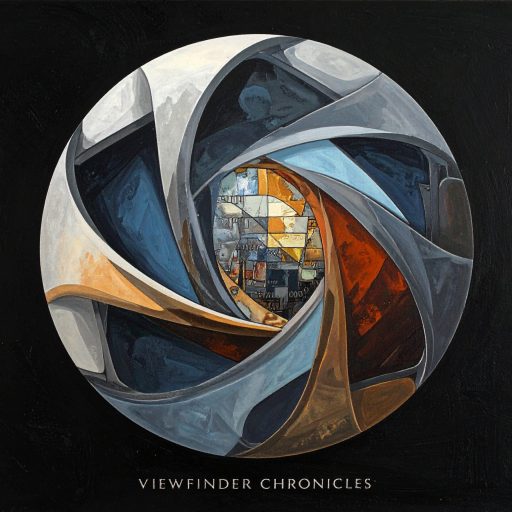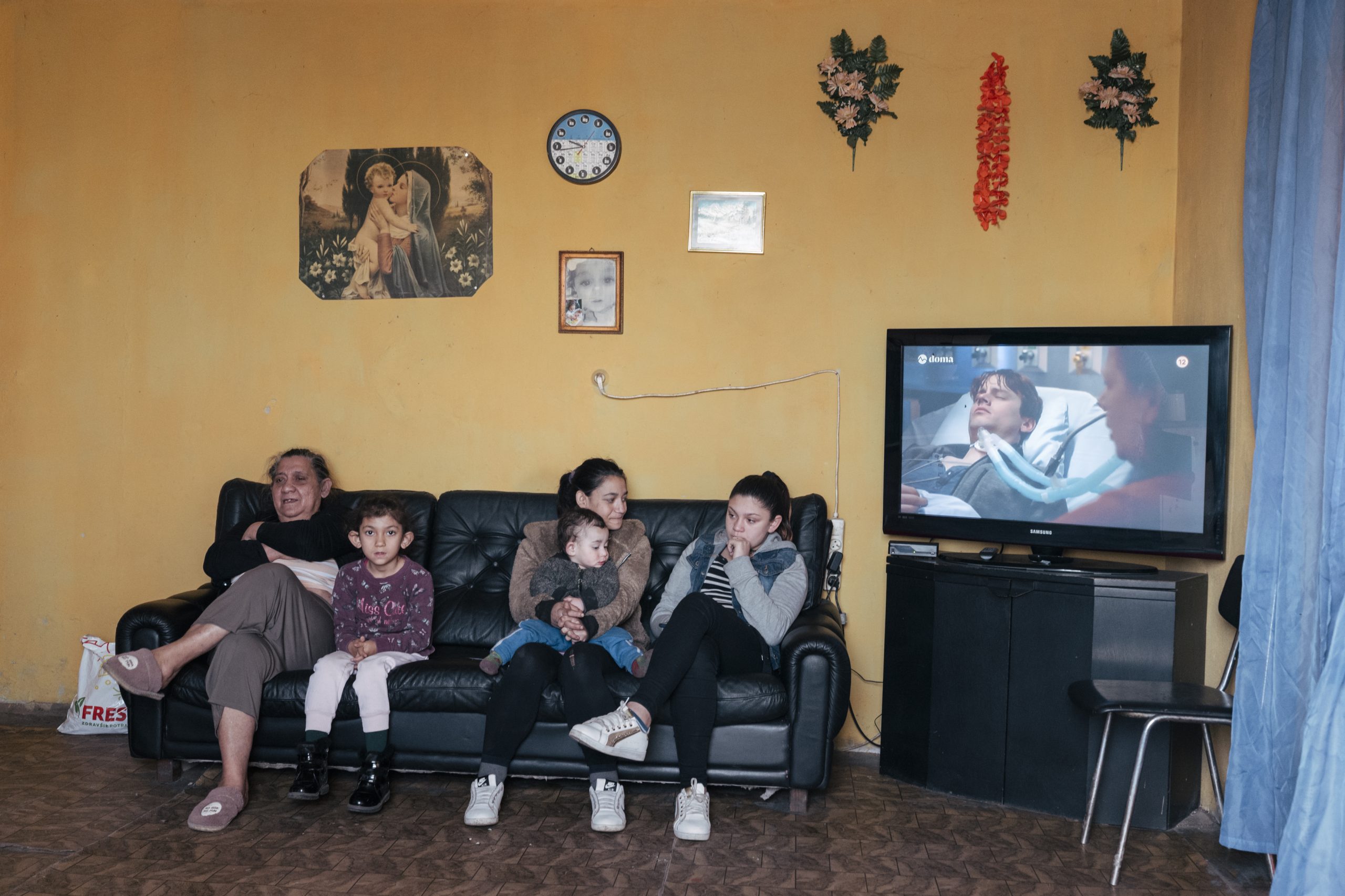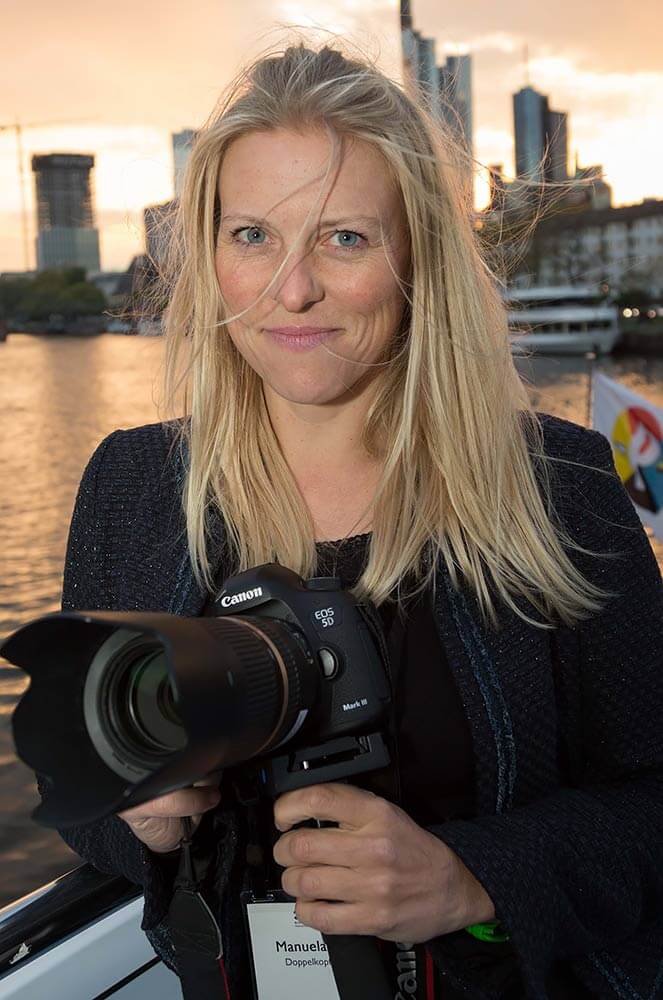
From the very first time I delved into the powerful, unflinching world of Joseph-Philippe Bevillard’s book, Mincéirs, a visceral experience that challenged and reshaped my own feelings, I felt a path open to a new, breathtaking body of work. As I poured over the pages, my own research led me to the work of Manuela Federl and her project, “THE ROMA PRINCESSES.” The series was an electrifying jolt to the system, a collection of images that radiated a breathtaking sense of dignity and quiet resilience amidst the harsh realities of life in Eastern Slovakia. It felt like a direct conversation with the soul of a place, a testament to the quiet perseverance of its people. The tone was stunning, imbued with a melancholic beauty that spoke to me on a visceral level. I knew instantly that I had to reach out to the artist who created such profoundly moving work.
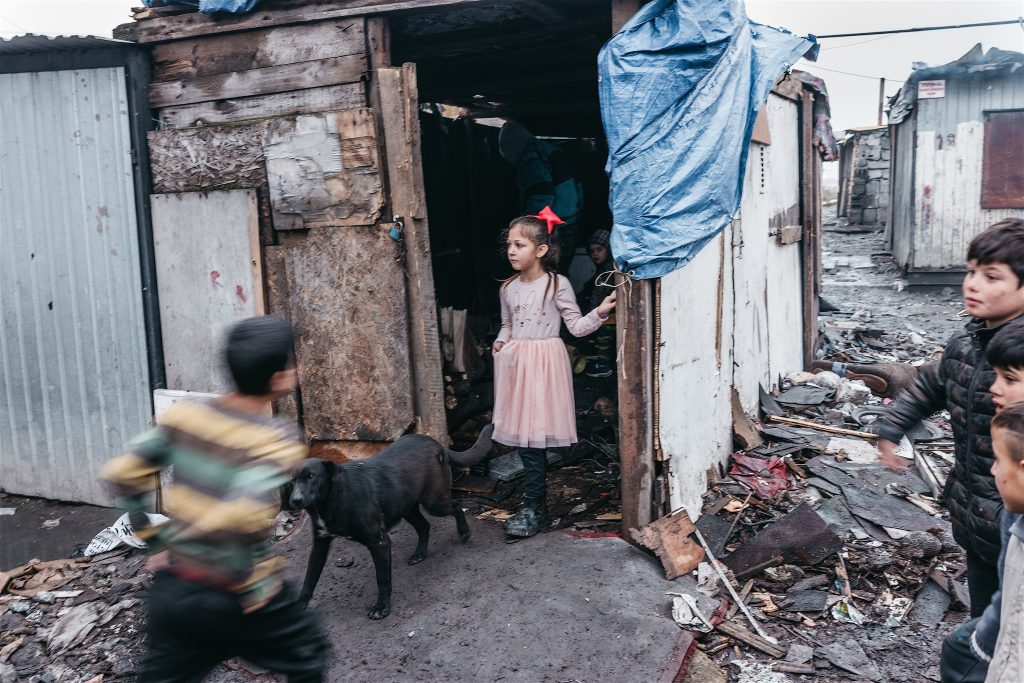
Manuela Federl is not just a photographer, she is a lifelong journalist and filmmaker who has dedicated her career to telling the stories that matter most. Her journey began far from the lens, with a deep dive into languages, economics, and cultural studies. This academic foundation, focused on understanding the lives of Indigenous people in Chile, a subject she wrote her thesis on, later published as a book, was a perfect prelude to the work she would go on to create. For over 15 years, she honed her craft with both print and moving images, working for various television stations and creating impactful documentaries that earned her prestigious awards. It is a path that has cemented her as a storyteller in the truest sense of the word.
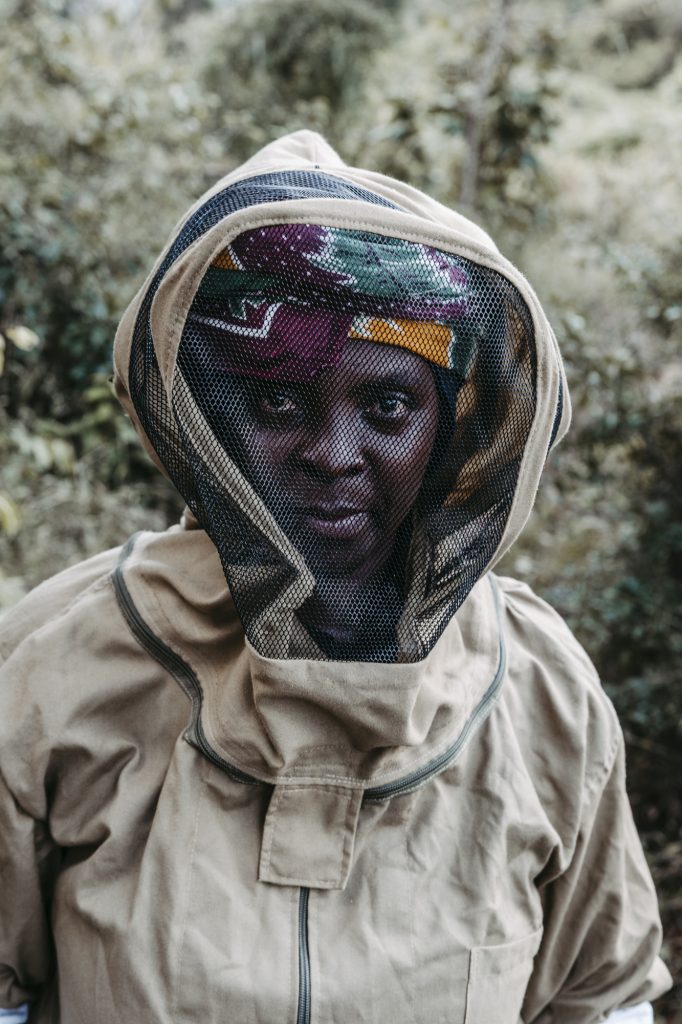
In 2016, she founded her own company, Bergjournalisten, and since then has been working as an independent documentary film director and journalist. Her work has consistently explored challenging social topics. Her feature film “100 Hours of Lesbos” received the Short Plus Award in 2016, and in 2021, her documentary “THE GAME. Gambling between life and death,” which focused about refugees at the EU border, garnered several awards. It is this unwavering commitment to shining a light on difficult and often overlooked subjects that defines her body of work, whether in film or still photography.
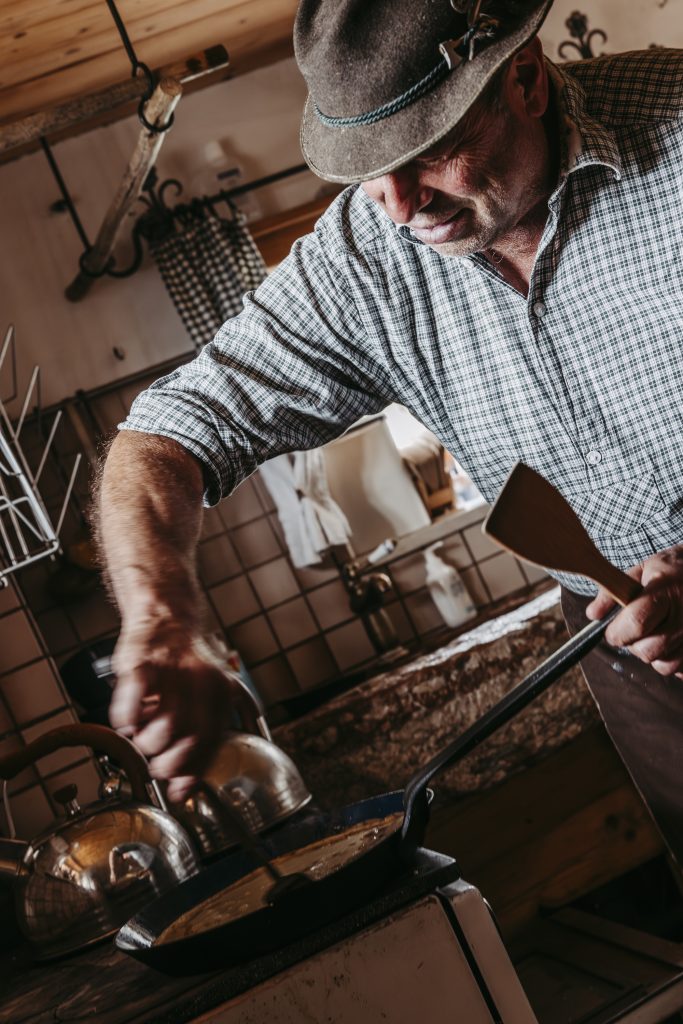
Her core philosophy is a simple yet profound one, “Everyone is beautiful!” Manuela’s mission is to get people to take off their masks in front of her camera and show her who they truly are. She believes that as a photographer, you must explore the world with curiosity and a genuine desire to connect with new people and new places. Her work is a testament to this belief, and she has built a reputation for capturing her subjects in a way that is both intimate and deeply respectful. She insists on portraying her subjects with dignity and beauty, a choice that ensures they remain individuals rather than just archetypes of their circumstances. It is a refusal to simplify the human experience.
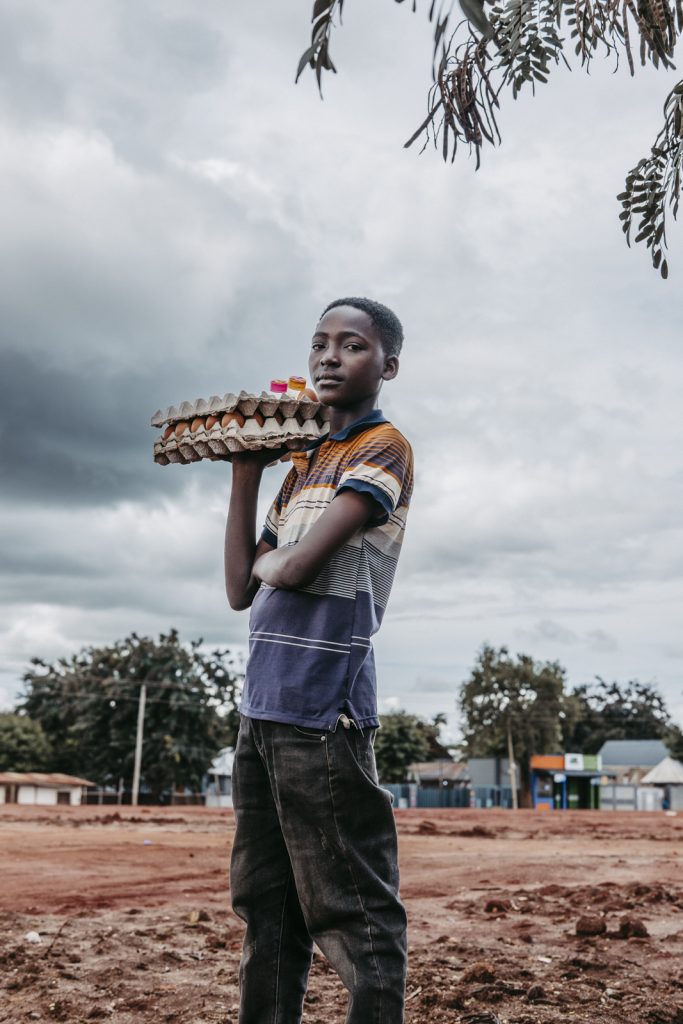
This ethos is particularly powerful in her project “THE ROMA PRINCESSES.” She uses the metaphor of a fairy tale to draw us in, speaking of a “princess trapped by society’s racism and discrimination.” But she does not shy away from the harsh reality of life in the Roma settlements of Trebišov, one of the largest ghettos in Slovakia. It is a place where around 7,000 people live under precarious conditions, lacking basic amenities. She reveals the brutal reality of an average lifespan ten years shorter than other Slovaks, and a cycle of poverty fuelled by limited access to education and high unemployment. It is an unflinching look at a society that has often been overlooked, yet she always manages to find and highlight the profound humanity within it.
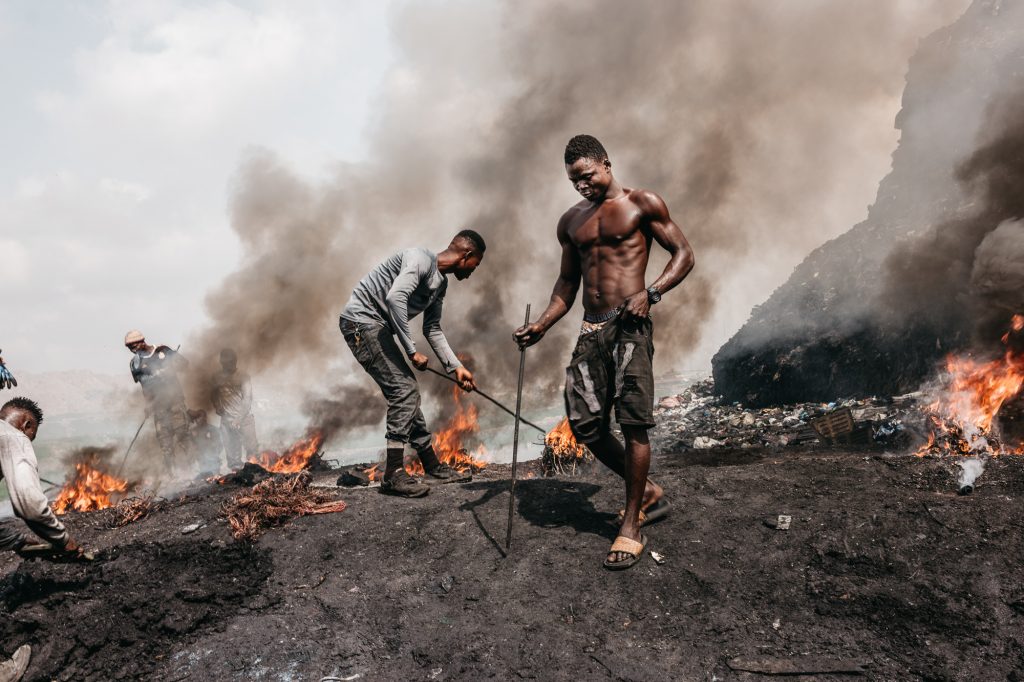
What I find so compelling about Manuela is her ability to apply this same deeply empathetic vision to a wide range of subjects. While she gravitates toward topics where she feels she can make a tangible difference, she also understands the need to explore other themes. She has also documented the everyday lives of alpine farmers in her home region of southern Germany, showing a different side of her lens and capturing a community that, while facing hard work, is content with their way of life. It is this broad range of interests and her steadfast commitment to her own style that makes her work so rich and authentic.
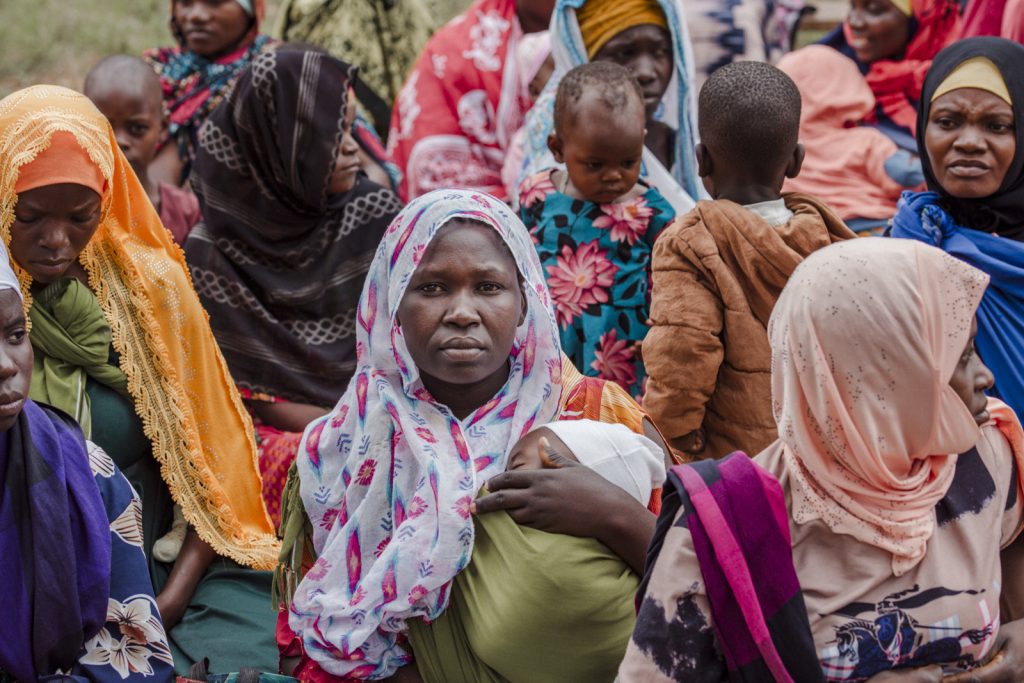
Manuela Federl is a testament to the power of staying true to yourself and your vision. She has crafted a career by exploring the world with an open heart, capturing the complex, often unseen stories of the people she meets. Her work is a powerful argument against simply copying trends or seeking instant validation. Through her lens, we are not just observers, we are participants in a shared human experience. She teaches us that true artistry comes from a deep well of passion, a commitment to authenticity, and a willingness to show the world not as it should be, but as it is, with all its beauty, dignity, and quiet struggles.
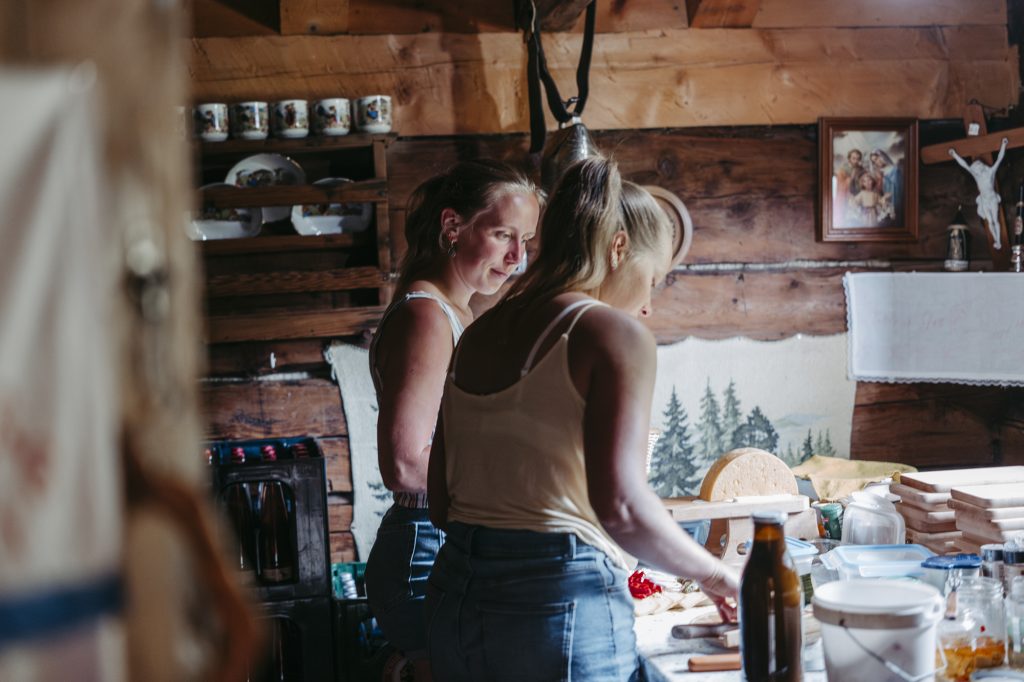
Hope you enjoy the interview as much as i did giving it.
How did you get into photography having started with languages, economics, and cultural studies, what was the moment you realized photography was the medium you needed to fully express your journalistic vision?
Before starting my studies, I worked for newspapers and a television station with the aim of becoming a journalist. To achieve this goal, I needed a degree, so I decided to study languages, economics and cultural studies at the University of Passau. There, I had the opportunity to study various languages and at the same time deal with a wide range of topics – good preparation for my future work as a journalist. On the side, I produced my first television reports for a TV station and earned some money that way. After graduating, I started as a journalist at a television station and worked in various departments there. They also financed my camera and editing training. I have always been fascinated by aesthetics and creative image implementation, including in moving images. For many years, I worked exclusively with moving images before discovering photography three years ago.
Nowadays, however, I always work with a team on my short and feature films. Photography allows me to realise my ideas on my own. Especially when dealing with sensitive topics, it is often advantageous to work alone. Photography opens up a whole new world for me – even though I still really like moving images.
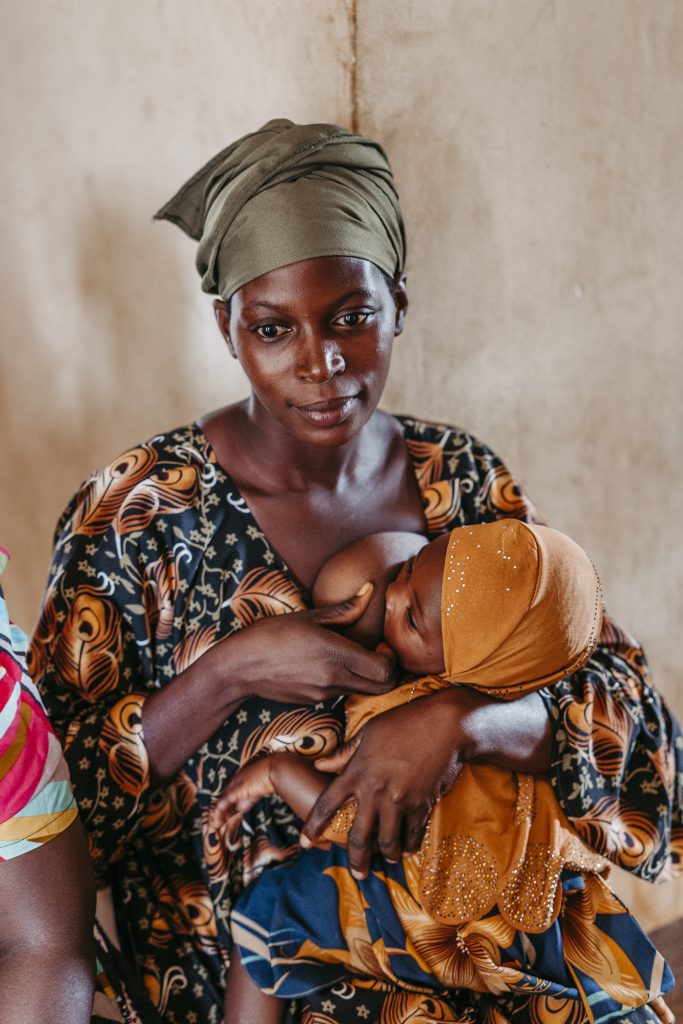
You believe in giving a voice to those who cannot speak for themselves. How do you ensure that the voice you are projecting through your images is truly theirs as much as possible and not your own interpretation?
That’s a good question, and of course I can never say with 100% certainty that my own interpretation isn’t playing a role. However, I try to understand and assess the situation as best I can through many conversations with local people, as well as with experts and thorough research. I prefer to work with a single person or a family and tell their story, their subjective point of view. The situation of the entire group can then be supplemented with facts and figures.

You said previously that you would never photograph someone who doesn’t want to be photographed which I agree with 100% and it stops me doing street photography as I don’t know anyone’s story or their consent levels. How do you manage the delicate balance of asking for permission in situations where the people may feel pressure to agree?
I believe that it is very important for photographers to be open and authentic. If I want people to show me their true selves, then I must show mine too. When I am out and about with my camera, I am very open about the subject I am photographing. I often have a local translator with me who explains the subject and my intentions to people. If someone doesn’t want to be photographed, that’s perfectly fine. I also believe that I have developed a sense of whether someone really wants to participate or is just saying yes out of politeness. If, after editing, I notice that the person may have felt uncomfortable, I don’t use the image.
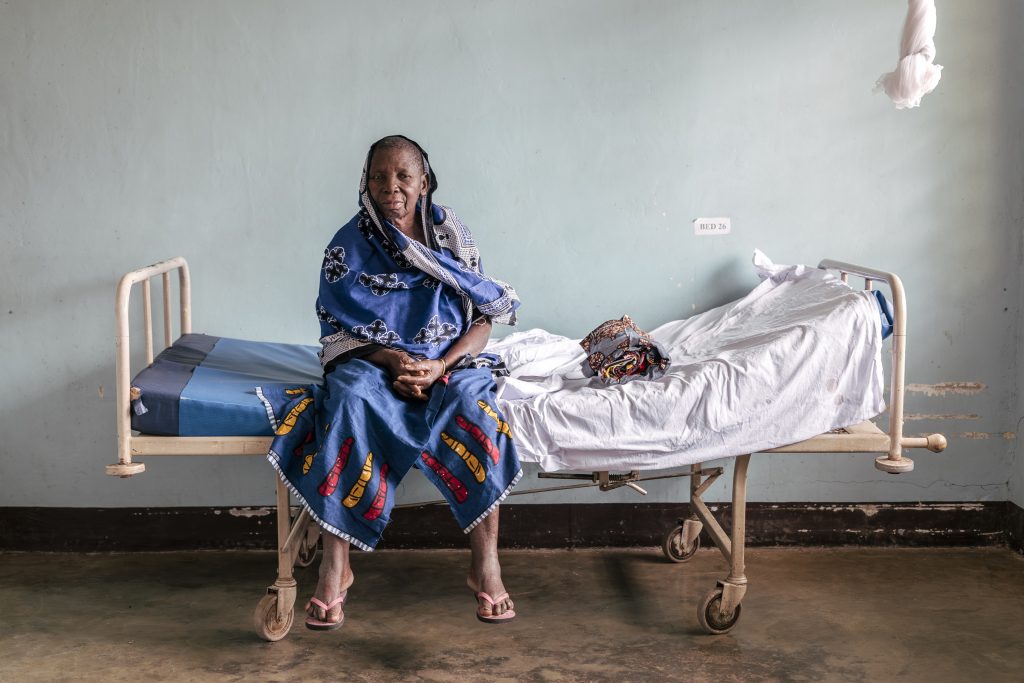
How do you define “poverty pornography,” and what practical steps do you take in your photography to ensure you are never crossing that line as I think it is similar to “Poverty Safari” with is a brilliant book by Scottish Author Darren McGarvey which is a memoir and social commentary that explores the complex relationship between poverty, class, and individual responsibility from his lived experience in Glasgow.?
I believe that as a photographer, it is very dangerous to focus exclusively on the abuses in slums, for example – probably because you yourself are so shocked by them. Showing only the worst image without much context is ‘poverty porn,’ and I won’t claim that I don’t struggle with myself when choosing which photo series to select for certain occasions. But I believe that because you naturally feel compassion at first and want others to feel the same way, you have to distance yourself from the situation and visit the place more often to ‘get used’ to the situation, so to speak.
In my work with the Roma, for example, I had the opportunity to get to know a young woman better, whom I was able to experience and photograph at home with her children, dancing and celebrating, and in many other situations. Beautiful, intimate moments that complement the other pictures. It is also important to me that people always look beautiful, no matter what terrible scenario I photograph them in.
I didn’t know the book, but I bought it and will read it, thanks for the tip!
What is your workflow like from taking the photo through editing to finished piece, I am fascinated by how different it can be across photographers as I am trying to find one that I like and works for me?
I always look at the photos immediately after the shoot, quickly clicking through the images and usually finding my favourites on the first scroll. On the second run-through, I start editing. Often, it takes a third and fourth run-through before an image is finished. I then print the images on photo paper, lay them out side by side and select matching pairs – having the image in front of me helps me to assess it better and spot any errors in the editing process.
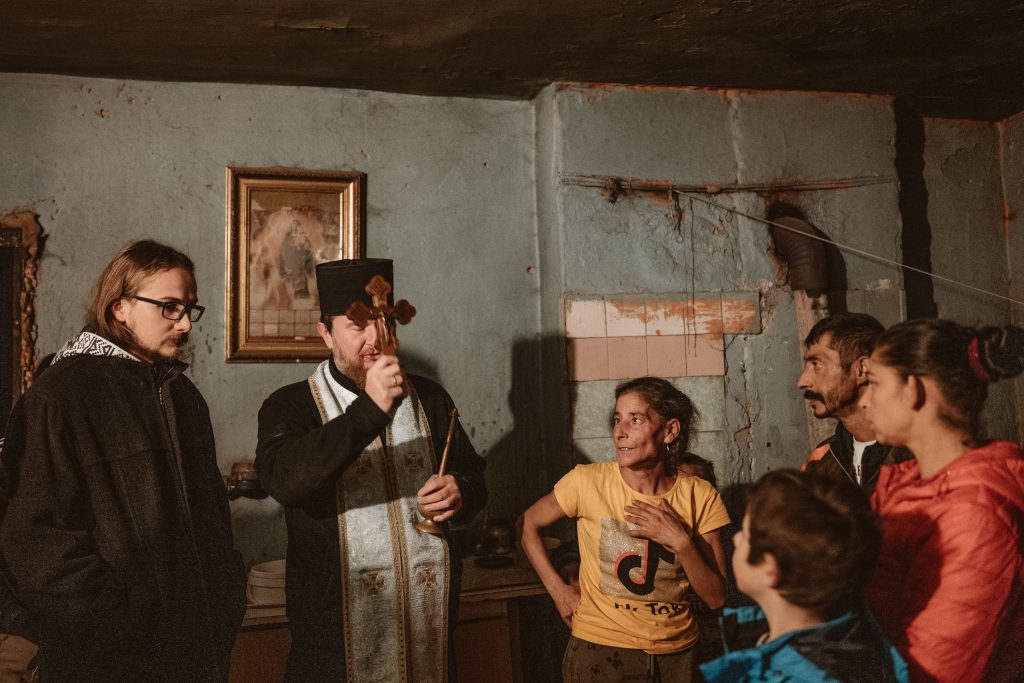
You are classed as a Journalist, Photographer and Filmmaker and in my opinion one of the best out there right now, some of the subjects is quite heavy and I wondered do you ever just take images of lighter stuff and other subjects?
I prefer topics where I feel like I can make a difference, make the world at least a little bit better.
The topic of fast fashion, for example, is very close to my heart, because everyone can make a difference right away, without much effort.
But I’m actually working on a ‘light’ project right now. I’m photographing the everyday life of alpine farmers in my home region in southern Germany. Their work may seem hard at first glance, but these people are happy with what they do.
Has your experience as a photographer changed the way you see yourself, I have found personally I am a lot less judgmental through going through photobooks and works of cultures, races and countries I have no idea about?
I do believe that my work has changed me. When you engage with people so intensively, you also have to question yourself. A portrait I take of someone always reflects me as well. I am convinced that you reveal a lot about yourself in my photos – and in others’ photos too.
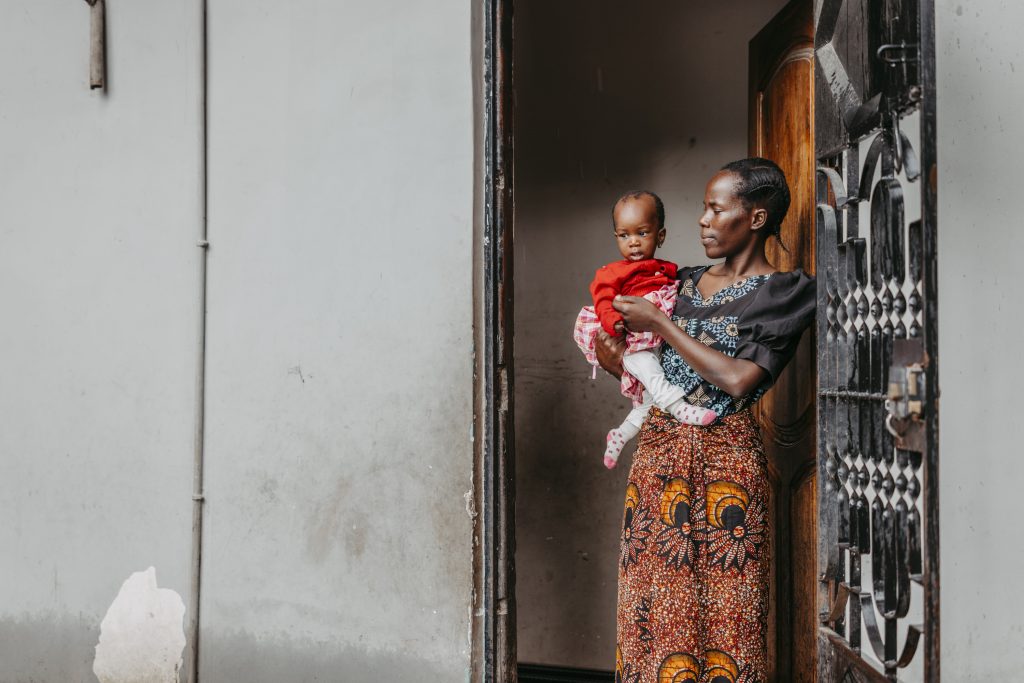
In your opinion, what is the single most important element of a powerful photograph and what would you say is the one you like most out of your portfolio?
A good photograph must give me the feeling of seeing something new, something exciting, the image must captivate me, I must be able to study it for a long time without getting bored. It must remain in my mind and preoccupy me.
Of my photographs, I like the image of the young men working at the Agbogbloshie electronic waste dump in Ghana. I like it because there is so much to discover in the picture. The young man who first catches the eye is good-looking, he is attractive. The viewer first sees the young man and only then the terrible environment in which he finds himself. I find the picture aesthetically pleasing, even though the man is standing in hell on earth.
Some criticise this mixture of aesthetics and cruelty. Personally, I think that this approach can reach many people. They don’t immediately turn away, as people often do when confronted with cruelty. At the same time, the protagonist retains his dignity, he stands out and does not blend in with his surroundings.
What’s the best piece of advice you’ve ever received, and how has it influenced your work and was it easy to make the move to be a full-time photographer?
I think the best tip was to stay true to yourself. It doesn’t matter how many people like your photo, whether you win lots of prizes or what others think of your work. Of course, it’s important to take criticism seriously and listen to other opinions – but you should still stick to your own style and not copy the style of others – after all, they already exist.
This credo applies to film as well as photography. I have been working as a director and making documentary films for many years. Three years ago, I added photography to my repertoire, which complements my other profession perfectly. It wasn’t a conscious decision, but rather a smooth transition.
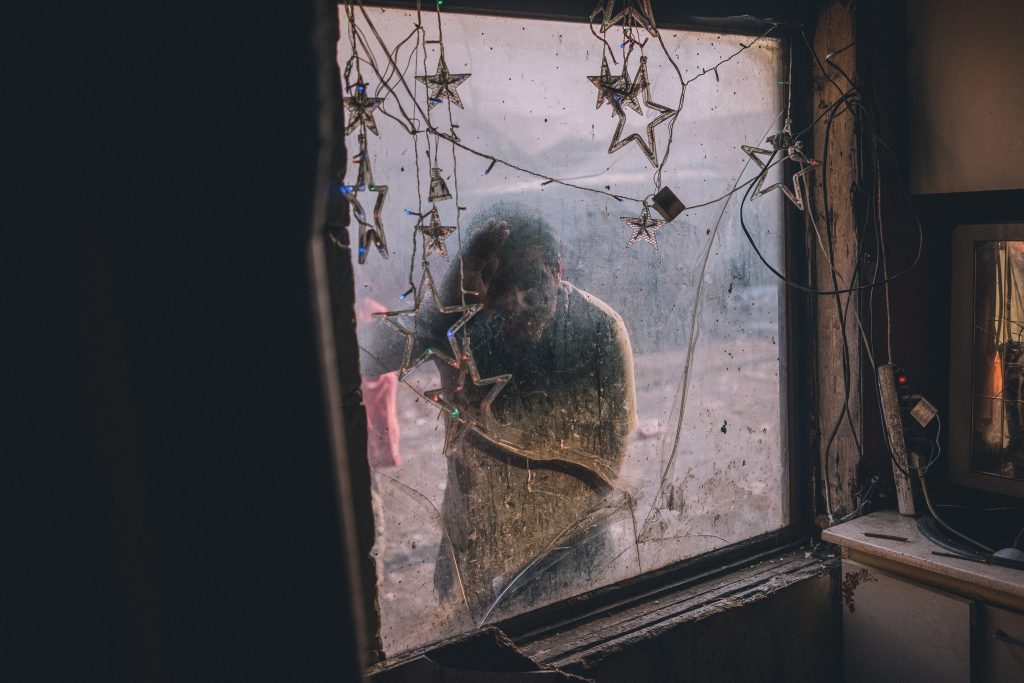
What do you have planned for the rest of 2025?
I always have dozens of projects on the go, including a photography project about a former neo-Nazi who has now left the scene and openly talks about how Nazis think, what they do and why.
I am working on a project with women who have been strongly influenced by patriarchy in their lives and who tell me about the impact this has had on their later lives. Many have been victims of psychological or physical violence.
And, of course, I am also trying to continue the fast fashion project that I started in Ghana in 2023.
I love my job and my projects, and I believe that you can only become really good at something if you are truly passionate about it and stay true to yourself.
Catch her at the following placed.
- Website = http://www.bergjournalisten.de/
- Instagram = https://www.instagram.com/manuelafederl/
- Facebook = https://www.facebook.com/manuela.federl.3/
Regards
Alex
